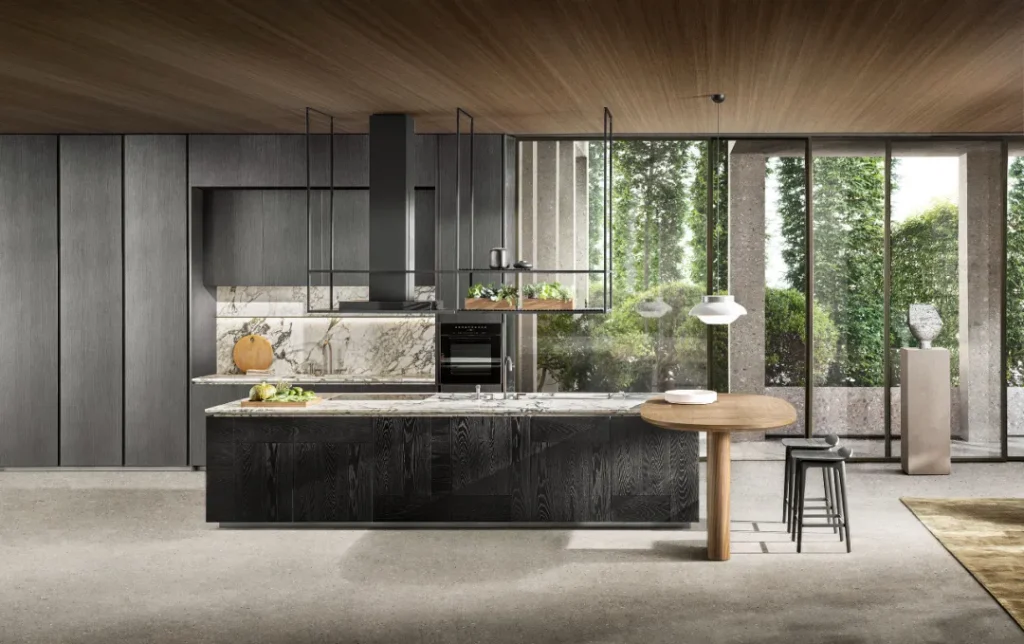Exploring the Captivating World of Art Deco Paintings
Introduction
Art Deco is a style of visual arts, architecture, and design that first appeared in France before World War I. It gained popularity in the 1920s and 1930s and continued to influence design in the following decades. Art Deco is characterized by its use of geometric shapes, bright colors, and luxurious materials.
One of the most notable aspects of Art Deco is its influence on painting. Art Deco paintings are known for their elegant and modernist style that captures the essence of the Art Deco movement. In this article, we will explore the captivating world of Art Deco paintings and delve into the characteristics that make them unique.
The Characteristics of Art Deco Paintings
Art Deco paintings are characterized by their use of geometric shapes, bold lines, and bright colors. The paintings are often asymmetrical and depict stylized versions of everyday objects. Art Deco artists were inspired by the streamlined designs of airplanes and automobiles, which they reflected in their artwork.
Another characteristic of Art Deco paintings is their emphasis on luxury and glamour. The paintings often depict scenes of wealthy lifestyles and glamorous events such as parties and fashion shows. The use of rich, luxurious materials such as gold leaf and mother-of-pearl added to the opulence of the works.
Art Deco paintings also frequently feature strong female figures. The women in the paintings are often depicted as confident and independent, reflecting the changing roles of women during the Art Deco period. They are typically dressed in fashionable clothing, giving a sense of glamour and sophistication.
Famous Art Deco Painters
There were many influential painters during the Art Deco period. One of the most famous was Tamara de Lempicka. She was known for her depictions of fashionable women in luxurious settings. Her paintings are characterized by their use of vibrant colors and sharp angles.
Another notable Art Deco painter was Jean Dupas. He was known for his murals, which were often commissioned for public places such as theaters and ocean liners. His work often depicted glamorous scenes of transportation and entertainment.
Romain de Tirtoff, who went by the name Erté, was another famous Art Deco painter. He was known for his fashion illustrations, which were characterized by their use of fashionably dressed female figures in luxurious settings. Erté’s work had a great influence on fashion design during the Art Deco period.
The Legacy of Art Deco Paintings
Although the Art Deco period ended in the 1940s, its influence on painting and design continues to this day. Art Deco paintings have become popular in contemporary culture and continue to be admired for their elegant and modernist style.
The Art Deco movement also gave rise to the Art Deco revival in the 1960s, which was characterized by a renewed interest in the style. Many designers and artists sought to revive the Art Deco aesthetic, leading to a resurgence of interest in the movement.
In conclusion, Art Deco paintings are a testament to the elegance and modernity of the Art Deco movement. They are characterized by their use of geometric shapes, bright colors, and luxurious materials, and depict scenes of glamour and opulence. The Art Deco movement had a lasting influence on painting and design, and its legacy continues to be felt today.



